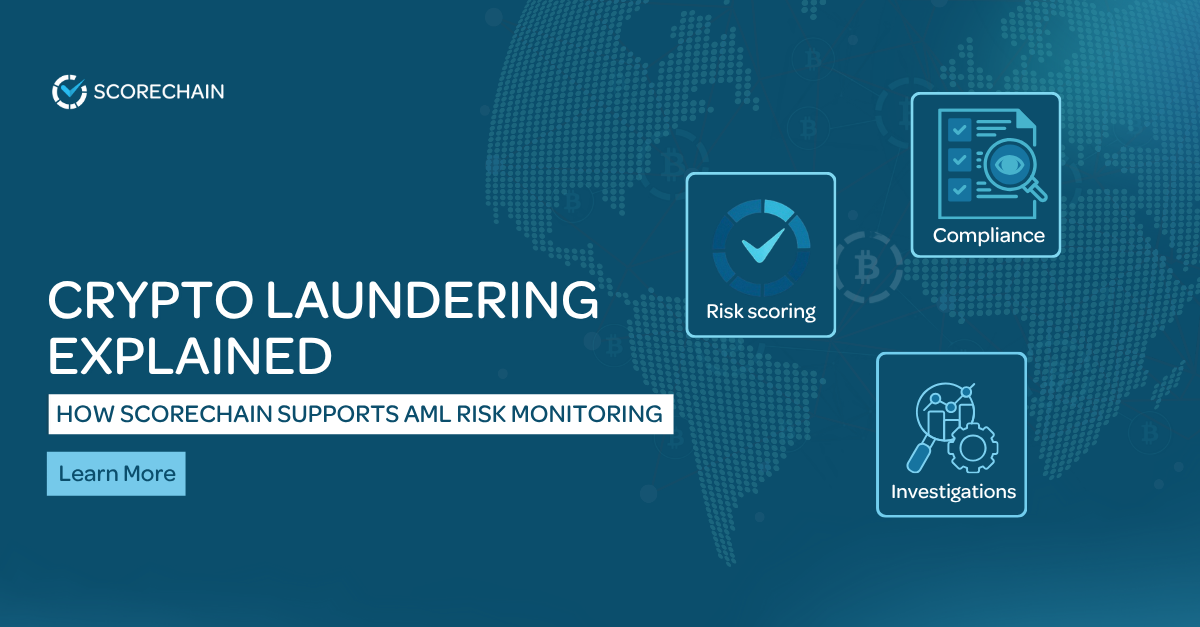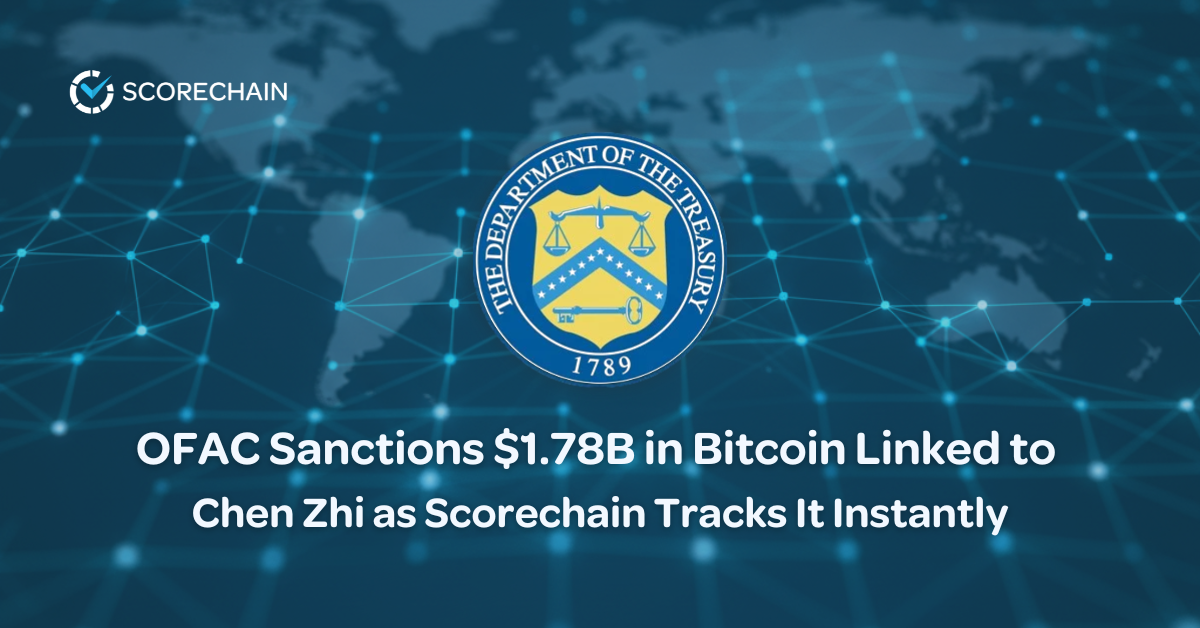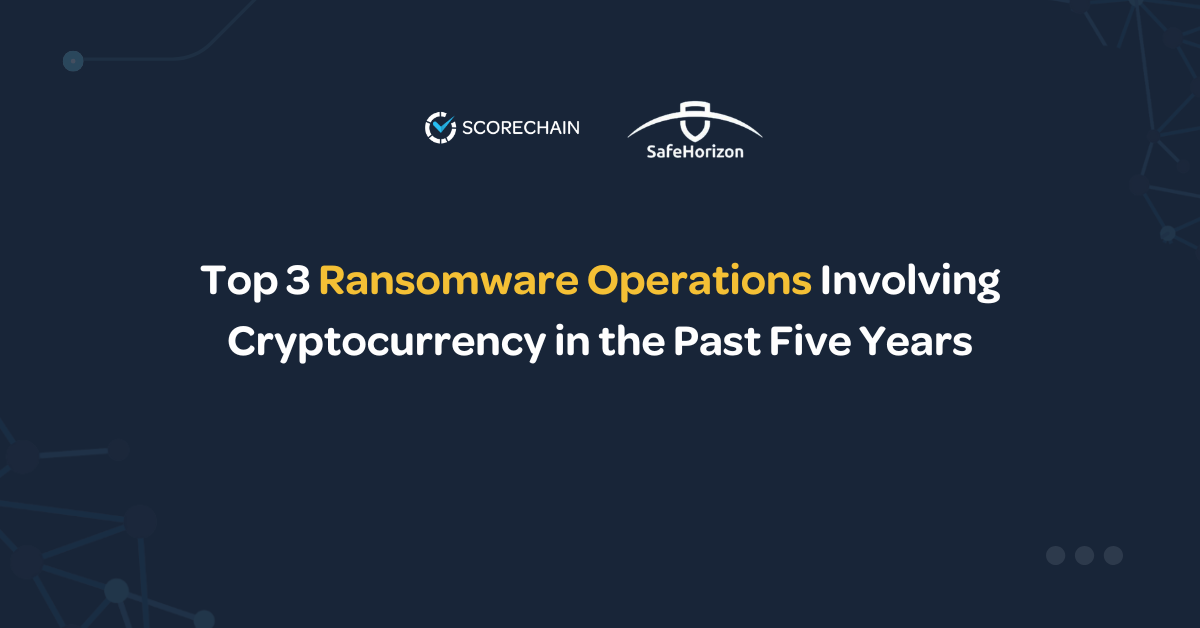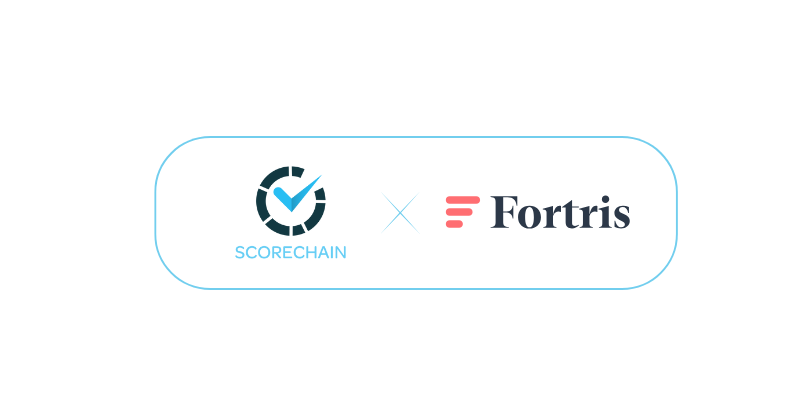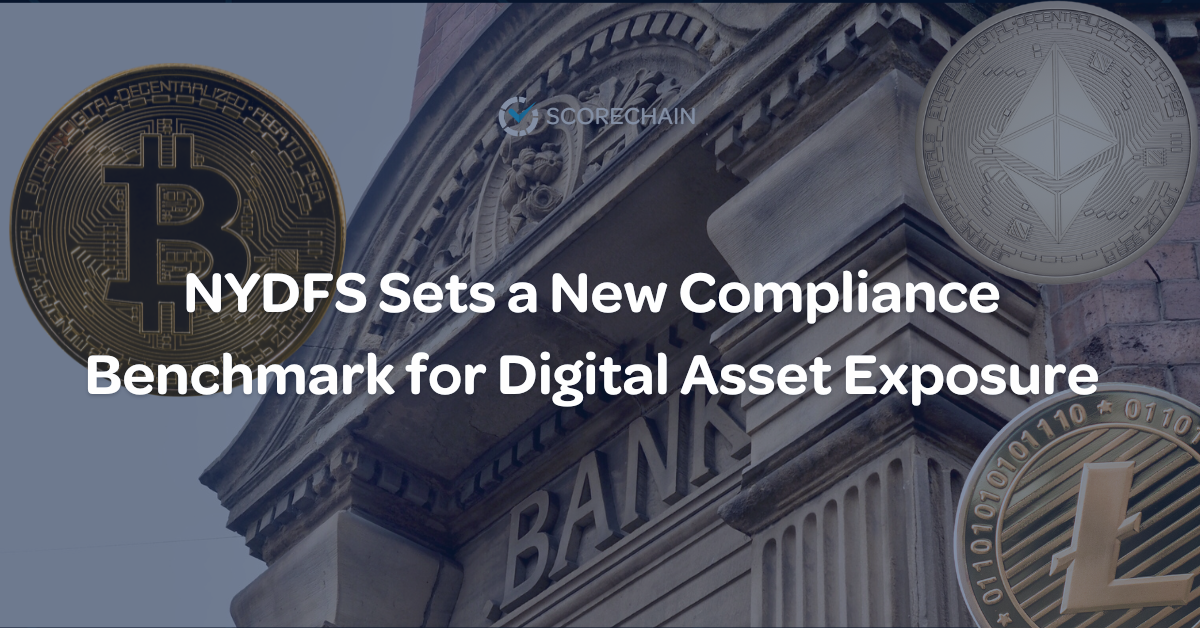Crypto laundering does not happen in secret. It happens on public blockchains where every transaction is recorded. However, the identities behind wallet addresses are not always known. This combination of full transparency and partial anonymity is what makes crypto laundering both possible and detectable.
Bad actors exploit the speed and global reach of digital assets to move illicit funds through exchanges, wallets, and decentralized platforms. For exchanges, custodians, and financial institutions, this means that understanding how these flows move and where risk appears is essential to reducing exposure.
Scorechain supports compliance teams by providing real-time AML risk monitoring across multiple blockchains. Instead of manually tracing flows, Scorechain helps businesses identify high-risk counterparties early, detect suspicious movement patterns, and stay alert to potential laundering behaviors. Our platform uses risk scoring, wallet clustering, graph analysis, and KYT Transaction Monitoring to give compliance teams the visibility required to act before funds move further through the ecosystem.
How Crypto Laundering Works
Money laundering in cryptocurrencies follows the same logic as traditional financial crime. The goal is to turn illicit funds into assets that appear legitimate. What changes are the scale, speed, and automation of blockchain transactions.
The laundering process typically moves through three main phases: entry, movement, and exit.
Entry: Converting illicit funds into crypto
The process begins when bad actors move funds from traditional banking into cryptocurrencies. This may occur through unregulated exchanges, peer-to-peer markets, or OTC brokers with weak or missing KYC procedures. Once funds are on-chain, they can move rapidly across wallets and networks.
Scorechain Transaction Monitoring helps detect these high-risk entry points. The platform identifies exchanges and wallet entities with weak compliance controls, previous exposure to illicit activity, or operations in jurisdictions flagged by the FATF as high-risk or under increased monitoring. These entities receive elevated risk scores, helping compliance teams avoid exposure to risky VASPs before funds circulate further through the ecosystem.
Movement: Obscuring the trail
After entering the crypto ecosystem, funds are moved across multiple wallets or blockchains to disguise their origin. Criminals may use token swaps, DeFi liquidity pools, mixing services, or cross-chain bridges. They may also send multiple small transfers to avoid triggering automated transaction thresholds.
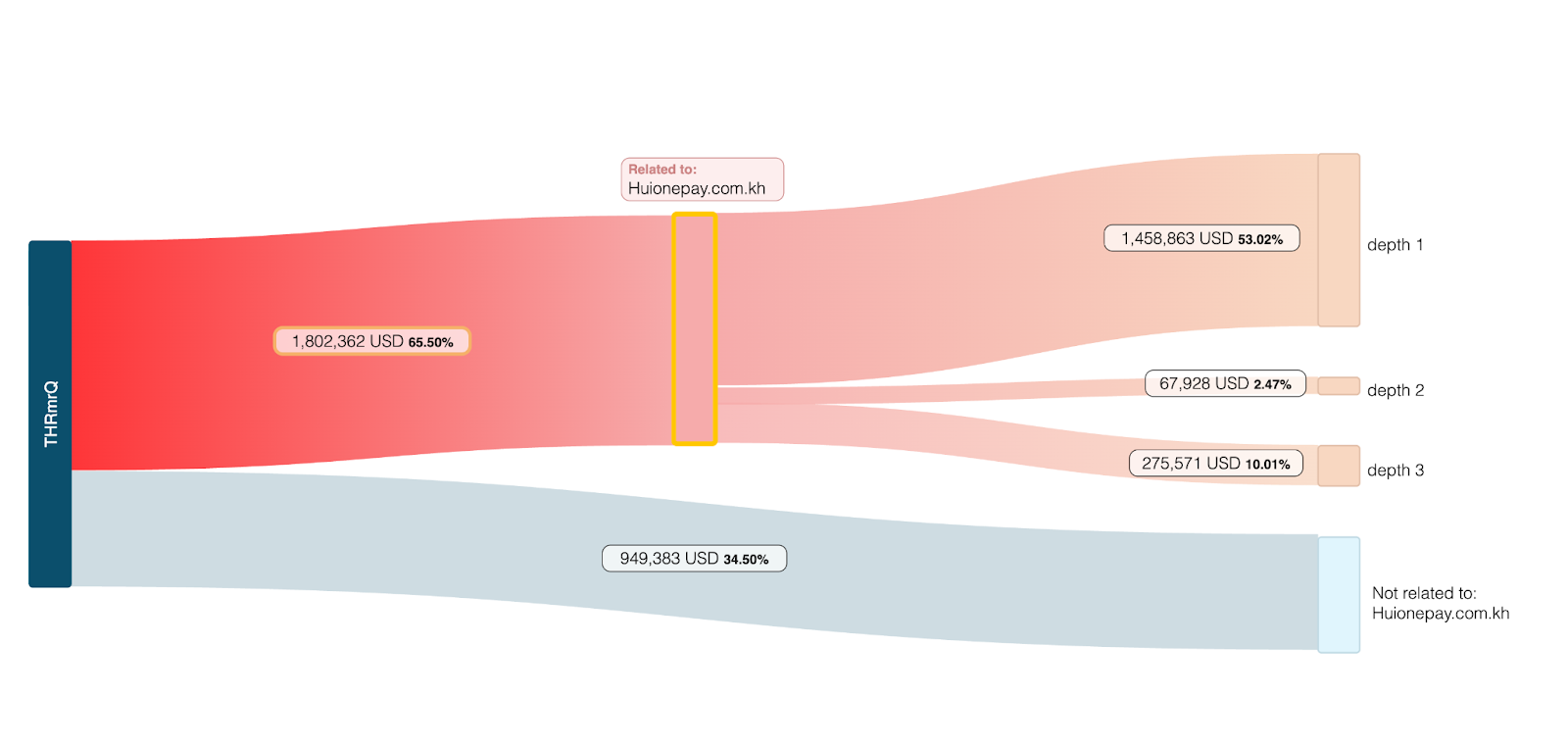
Scorechain’s wallet clustering engine analyzes behavior, timing, and shared transaction indicators to link wallets controlled by the same entity, even across different blockchains. What looks like unrelated wallets becomes visible as a single coordinated structure, enabling compliance teams to assess exposure more accurately and apply appropriate risk controls.
Exit: Returning to fiat or usable funds
The final step is converting crypto back into fiat or making it spendable. This often happens through centralized exchanges, payment processors, or crypto debit card programs.
Scorechain Transaction Monitoring flags when wallets begin interacting with off-ramp services, especially those in jurisdictions known for weak AML oversight. Real-time alerts notify compliance teams early so they can pause, review, and block transfers before funds permanently leave the traceable blockchain environment.
Why Crypto Laundering Is Difficult to Detect
Although blockchain transactions are transparent, wallet ownership is not always known. Funds can move across networks in seconds, and no single authority controls blockchain data. Traditional AML tools were built for centralized banking, not decentralized networks.
This is why behavior-based monitoring and KYT (Know Your Transaction) have become critical. Instead of focusing solely on identities, compliance teams must look at patterns, flows, and relationships to detect red flags in real time.
How Blockchain Analytics Reveal Hidden Risks
Blockchain analytics turn chaotic, high-volume data into clear intelligence. Instead of tracking single transfers, they reveal the entire flow of funds and show how different wallets and networks connect.
Graph Analysis
Graph analysis maps transactions across blockchains, turning millions of movements into a visual network. This makes unusual activity easy to spot. Circular transfers, high-frequency hops, or sudden bursts of movement between wallets stand out clearly.
A wallet that receives hundreds of small deposits and then sends a large single transaction is a typical red flag. Scorechain’s graph analysis highlights these structures immediately, giving investigators the context needed to understand why they happen and who may be involved.
Wallet Clustering
Criminals often use new wallet addresses to break the audit trail. Clustering analysis reconnects those addresses by looking at timing, transaction behavior, and shared patterns.
Scorechain’s clustering technology shows when several wallets are controlled by the same entity, even across different blockchains. This insight allows compliance professionals to see the true structure of laundering networks and to measure their exposure with greater accuracy.
KYT Transaction Monitoring and Risk Scoring
KYT Transaction Monitoring has become one of the most important components of crypto compliance. It evaluates every transaction in real time, considering where funds come from, where they go, and who interacts with them.
Scorechain Transaction Monitoring assigns a dynamic risk score to every transaction. When a wallet interacts with a flagged counterparty or a service known for weak AML controls, the system updates its score and notifies the compliance team. This process helps prioritize the most urgent alerts and ensures faster, more targeted responses.
Why It Matters for Compliance Teams
Crypto AML compliance is not only about following regulations. It is about maintaining trust and operational integrity.
Regulatory frameworks such as the Financial Action Task Force (FATF) standards and the European Union’s MiCA regulation now require institutions to conduct real-time monitoring, maintain full audit trails, and report suspicious transactions promptly.
Analytics tools make this possible. They improve the accuracy of AML Transaction Monitoring, reduce manual work, and help institutions demonstrate transparency to regulators and clients.
As the Scorechain Research Team writes, the best defense is visibility. When laundering becomes difficult and expensive, the entire ecosystem becomes safer.
The Future of Crypto AML Detection
Criminal tactics continue to evolve, but so do compliance technologies. The next generation of tools will focus on behavioral intelligence, cross-chain tracking, and collaboration between regulators and exchanges.
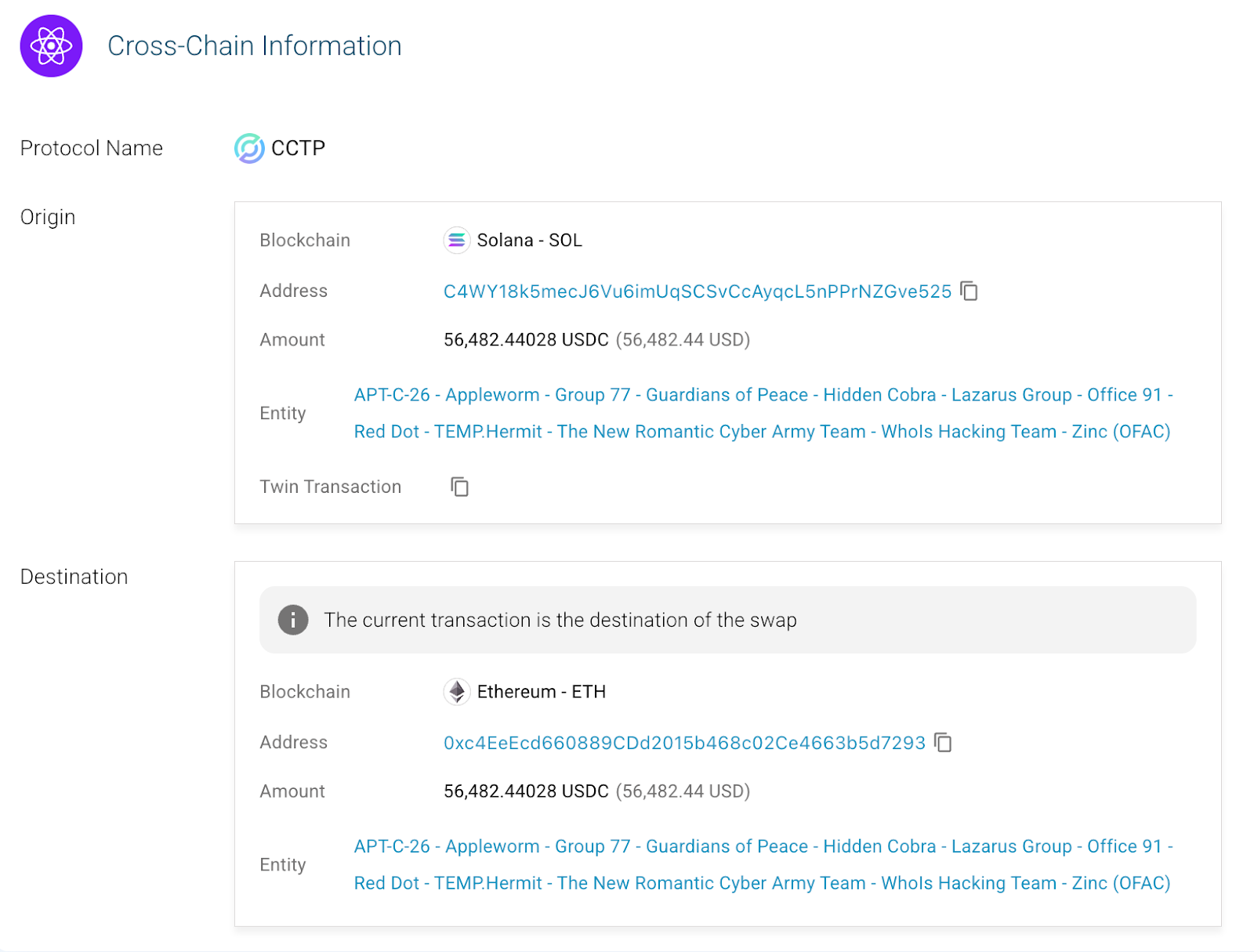
Scorechain is at the forefront of this evolution. With analytics covering more than thirty blockchains and millions of wallets, the platform provides end-to-end visibility across the digital asset landscape. Its combination of graph analysis, risk scoring, wallet clustering, and KYT Transaction Monitoring gives compliance teams the tools to identify and prevent illicit activity faster than ever before.
In a world where every transaction is public, understanding the story behind the data is what makes compliance effective. Transparency is no longer a vulnerability. It is the foundation of trust in digital finance.
Frequently Asked Questions
How does crypto money laundering work?
Crypto laundering involves moving illicit funds through cryptocurrencies to hide their origin. Criminals use exchanges, wallets, and cross-chain transfers to make the flow harder to trace.
How can compliance teams detect crypto laundering?
Compliance officers rely on blockchain analytics tools that combine Graph Analysis, Wallet Clustering, and KYT Transaction Monitoring. Platforms like Scorechain provide the visibility needed to identify suspicious activity in real time.
Why is crypto laundering difficult to track?
Blockchain transactions are pseudonymous. The data is public, but wallet owners are not identified. Analytics tools reveal behavioral patterns that link those wallets and expose the flow of funds.
What is KYT Transaction Monitoring?
KYT Transaction Monitoring means Know Your Transaction. It involves analyzing every blockchain transaction for risk in real time. Scorechain Transaction Monitoring uses this approach to assign risk scores and alert teams when high-risk activity occurs.
What tools help detect crypto money laundering?
Blockchain analytics platforms like Scorechain use Flux, Analysis, Graph Analysis, Wallet Clustering, and AML Transaction Monitoring to detect and prevent illicit crypto activity across multiple blockchains. Crypto laundering depends on speed and complexity. Analytics transform that complexity into clarity, allowing compliance teams to act decisively and protect the integrity of the financial system.
.png)
